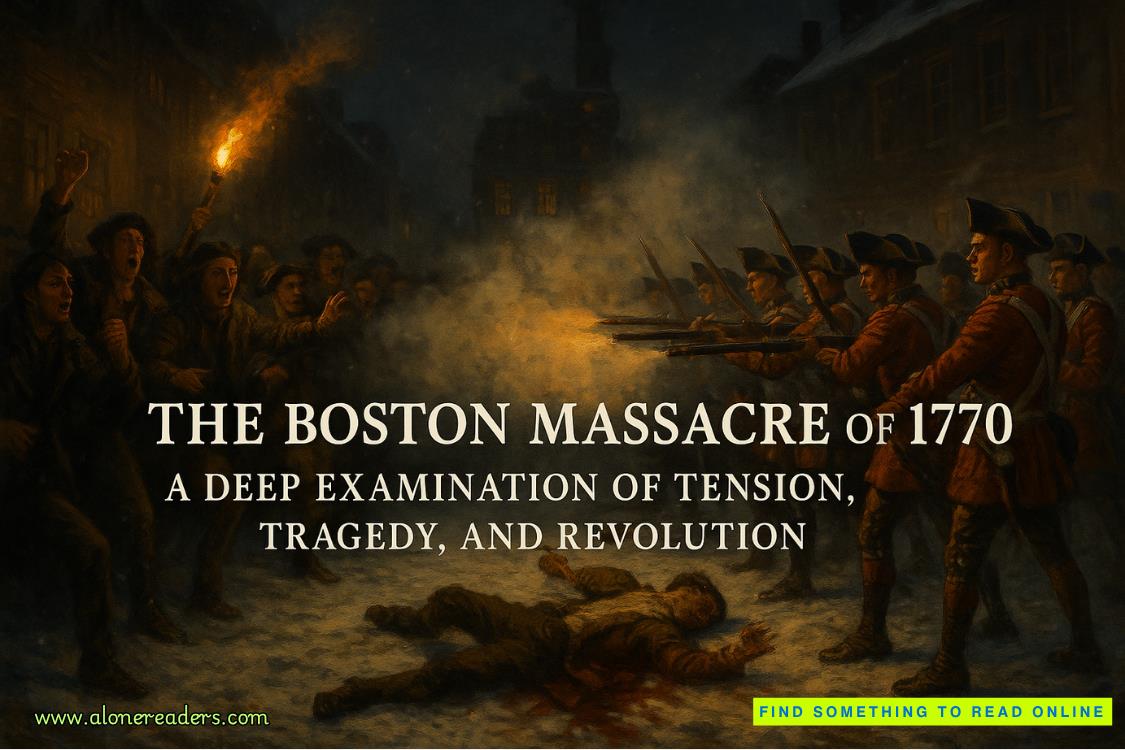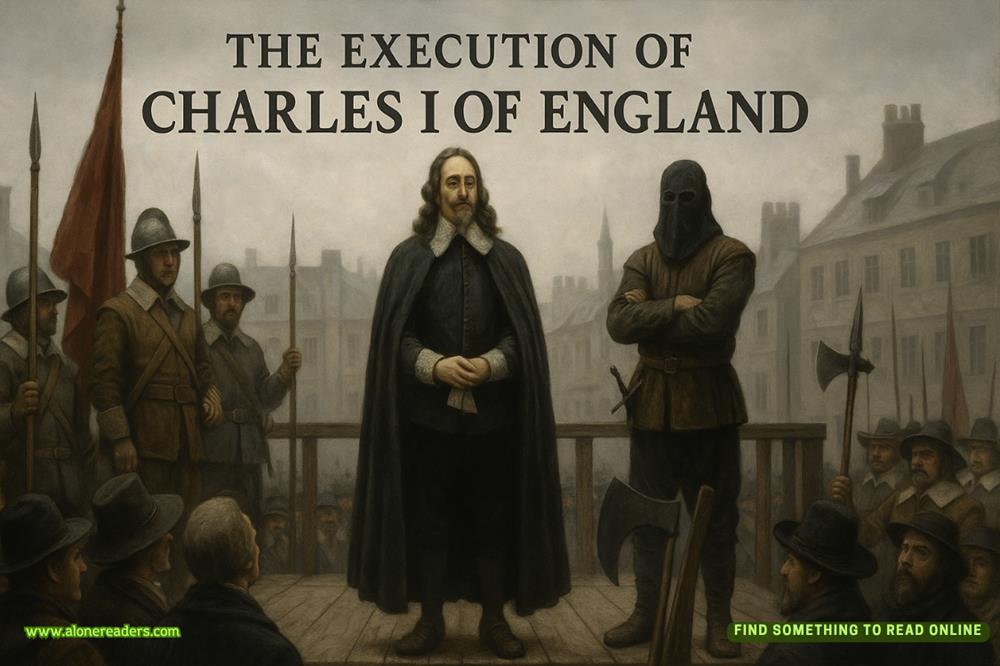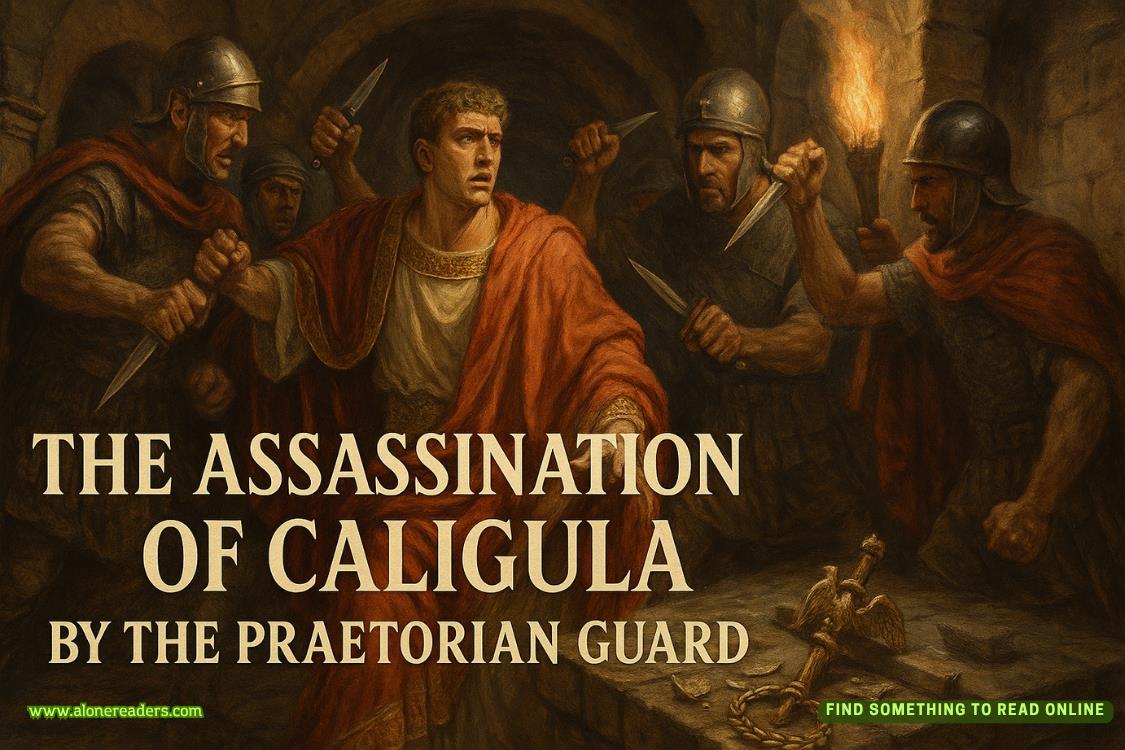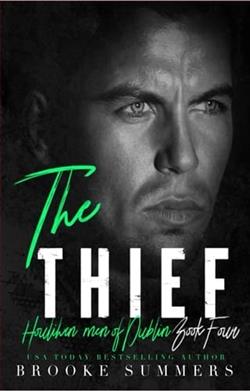Page 42 of Inca Gold (Dirk Pitt 12)
In the nineteen fifties German-born Rummel smuggled a cache of Nazi ceremonial objects across the Mexican border. The contraband included presentation daggers and knights-cross medals awarded to Germany's greatest World War II heroes, as well as a number of historic documents signed by Adolf Hitler and his maniacal cronies. Selling his hoard to collectors of Nazi artifacts at premium prices, Rummel took the profits and launched an auto junkyard that he built into a scrap metal empire, netting him nearly 250 million dollars over forty years.
After a business trip to Peru in 1974, he developed an interest in ancient South American art and began buying from dealers, honest or criminal. Source did not matter to him. Corruption was as common as rain in a jungle among the brotherhood of artifact finders and sellers throughout Central and South America. Rummel gave no thought to whether his acquired pieces were legally excavated but sold out the back door, or stolen from a museum. They were for his satisfaction and enjoyment, and his alone.
He walked past the Italian marble walls of his foyer and approached a large mirror with a thick gilded frame covered with naked cherubs entwined around a continuous grapevine. Twisting the head of a cherub in one corner, Rummel sprang the catch that unlatched the mirror, revealing a concealed doorway. Behind the mirror a stairway led down into eight spacious rooms lined with shelves and filled with tables supporting at least thirty glass cases packed with more than two thousand ancient pre-Columbian artifacts. Reverently, as if walking down the aisle of a church toward the altar, he moved about the gallery, cherishing the beauty and craftsmanship of his private hoard. It was a ritual he performed every evening before going to bed, almost as if he were a father looking in on his sleeping children.
Rummel's pilgrimage finally ended at the side of a large glass case that was the centerpiece of the gallery. It held the crowning treasure of his collection. Gleaming under halogen spotlights, the Golden Body Suit of Tiapollo lay in splendor, arms and legs outstretched, the mask sparkling with emeralds in the eye sockets. The magnificent brilliance of the artistry never failed to move Rummel.
Knowing full well it had been stolen from the national anthropological museum in Seville, Spain, seventy-six years previously, Rummel did not hesitate to pay one million two hundred thousand dollars in cash when he was approached by a group of men who claimed to be connected to the Mafia but were in reality members of a clandestine underground syndicate that specialized in the theft of precious art objects. Where they had come upon the golden suit, Rummel had no idea. He could only assume they had either stolen it themselves or bought it from the collector who had dealt with the original thieves.
Having had his nightly gratification, Rummel turned off the lights, returned upstairs to the foyer, and closed the mirror. Moving behind a wet bar designed around a two thousand-year-old Roman sarcophagus, he half-filled a small snifter from a bo
ttle of brandy and retired to his bedroom to read before falling asleep.
In another apartment directly level and across the street from Rummel's building, United States Customs Agent David Gaskill sat and peered through a pair of high-powered binoculars mounted on a tripod as the artifacts collector prepared for bed. Another agent might have been bored after nearly a week of stakeout, but not Gaskill. An eighteen-year veteran of the Customs Service, Gaskill looked more like a football coach than a special government agent, a look he cultivated for his work. His gray hair was curly and combed back. An African American, his skin was more doeskin brown than dark coffee, and his eyes were a strange mixture of mahogany and green. His massive bulldog head seemed to grow out of his shoulders on a stunted, tree-trunk neck. A huge mountain of a man, he was once an all-star linebacker for the University of Southern California. He had worked hard to lose his South Carolina drawl and spoke with practiced diction, occasionally being mistaken for a former British citizen from the Bahamas.
Gaskill had been fascinated by pre-Columbian art ever since a field trip to the Yucatan Peninsula during school. When stationed in Washington, D.C., he had handled dozens of investigations involving looted artifacts from the Anasazi and Hohokam cultures of the American Southwest desert. He was working on a case involving the smuggling of carved Mayan stone panels when he received a tip that was passed along to him by Chicago police from a cleaning woman. She had accidentally discovered photographs protruding from a drawer in Rummel's penthouse of what she believed to be a man's body covered in gold. Thinking that someone might have been murdered, she stole a photo and turned it over to the police. A detective who had worked on art fraud cases recognized the golden object as an antiquity and called Gaskill.
Rummel's name had always been high on the Customs Service's list of people who collected ancient art without concern about where it came from, but there was never any evidence of illegal dealings, nor did Gaskill have a clue where Rummel kept his hoard. The special agent, who possessed the expertise of an antiquities scholar, immediately recognized the photo supplied by the cleaning lady as the long-lost Golden Body Suit of Tiapollo.
He set up an immediate round-the-clock surveillance of Rummel's penthouse and had the old man tailed from the time he left the building until he returned. But six days of tight scrutiny had turned up no indication of where Rummel's collection was hidden. The suspect never varied his routine. After leaving for his office at the lower end of Michigan Avenue, where he'd spend four hours, sifting through his investments, it was lunch at a rundown cafe where he always ordered bean soup and a salad. The rest of the afternoon was spent prowling antique stores and art galleries. Then dinner at a quiet German restaurant, after which he would take in a movie or a play. He usually arrived home at eleven-thirty. The routine never varied.
"Doesn't he ever get tired of drinking the same rotgut in bed?" muttered Special Agent Winfried Pottle.
"Speaking for myself, I'd prefer the waiting arms of a beautiful woman oozing supple elegance and wearing a little something black and flimsy."
Gaskill pulled back from the binoculars and made a dour face at his second-in-command of the surveillance team. Unlike Gaskill in his Levi's and USC football jacket, Pottle was a slim, handsome man with sharp features and soft red hair, who dressed in three-piece suits complete with pocket watch and chain. "After seeing a few of the women you date, I'd have to say that was wishful thinking."
Pottle nodded at Rummel's penthouse. "At least give me credit for not leading a regimented existence."
"I shudder to think how you'd behave if you had his money."
"If I had invested a king's ransom in stolen Indian art, I doubt if I could do as good a job of hiding it."
"Rummel has to conceal it somewhere," said Gaskill with a slight trace of discouragement. "His reputation as a buyer of hot goods with a colorful history comes from too many sources in the antiquities market not to be genuine. Makes no sense for a man to build a world-class collection of ancient artifacts and then never go near it. I've yet to hear of a collector, whether he goes in for stamps, coins, or baseball cards, who didn't study and fondle them at every opportunity. Wealthy art junkies who pay big bucks for stolen Rembrandts and van Goghs are known to sit all alone in hidden vaults, gazing at them for hours on end. I know some of these guys, who started with nothing, got rich and then lusted to collect objects only they could possess. Many of them abandoned families or gladly suffered divorce because their craving became an obsession. That's why someone as addicted to pre-Columbian art as Rummel could never ignore a hoard that's probably more valuable than any in the finest museums in the world."
"Did you ever consider the possibility that our sources might be wrong or highly exaggerated?" asked Pottle gloomily. "The cleaning lady who claimed she found the photograph of the gold suit is a confirmed alcoholic."
Gaskill slowly shook his head. "Rummel's got it stashed somewhere. I'm convinced."
Pottle stared across at Rummel's apartment as the lights blinked out. "If you're right, and if I were Rummel, I'd take it to bed with me."
"Sure you would-" Gaskill stopped abruptly as Pottle's wit triggered a thought. "Your perverted mind just made a good point."
"It did?" muttered a confused Pottle.
"What rooms do not have windows in the penthouse? The ones we can't observe?"
Pottle looked down at the carpet in thought for a moment. "According to the floor plan, two bathrooms, a pantry, the short hall between the master and guest bedrooms, and the closets."
"We're missing something."
"Missing what? Rummel seldom remembers to draw his curtains. We can watch ninety percent of his movements once he steps off the elevator. No way he could store a ton of art treasures in a couple of bathtubs and a closet."
"True, but where does he spend the thirty or forty minutes from the time he exits the lobby and steps into the elevator until he sets foot in his living room? Certainly not in the foyer."
"Maybe he sits on the john."
"Nobody is that regular." Gaskill stood and walked over to a coffee table and spread out a set of blueprints of Rummel's penthouse obtained from the building's developer. He studied them for what had to be the fiftieth time. "The artifacts have to be in the building."















